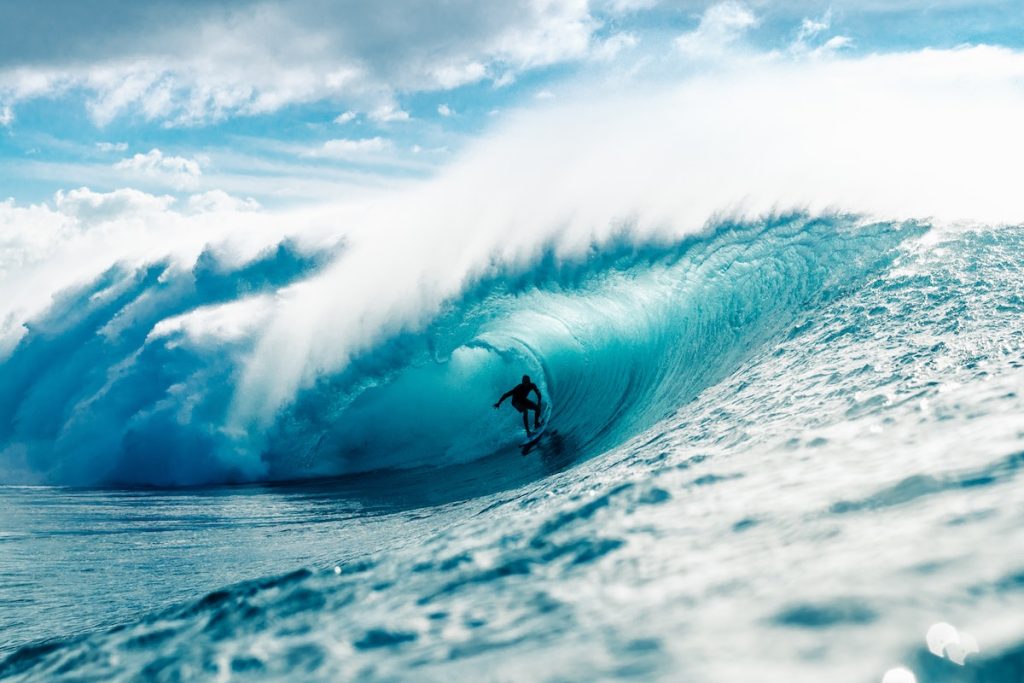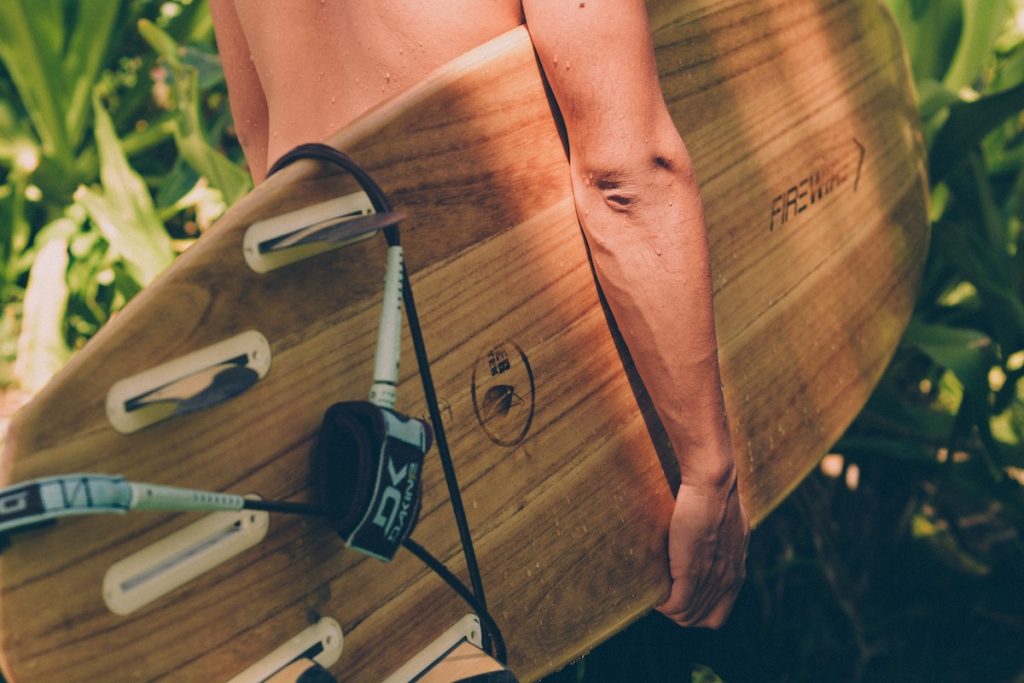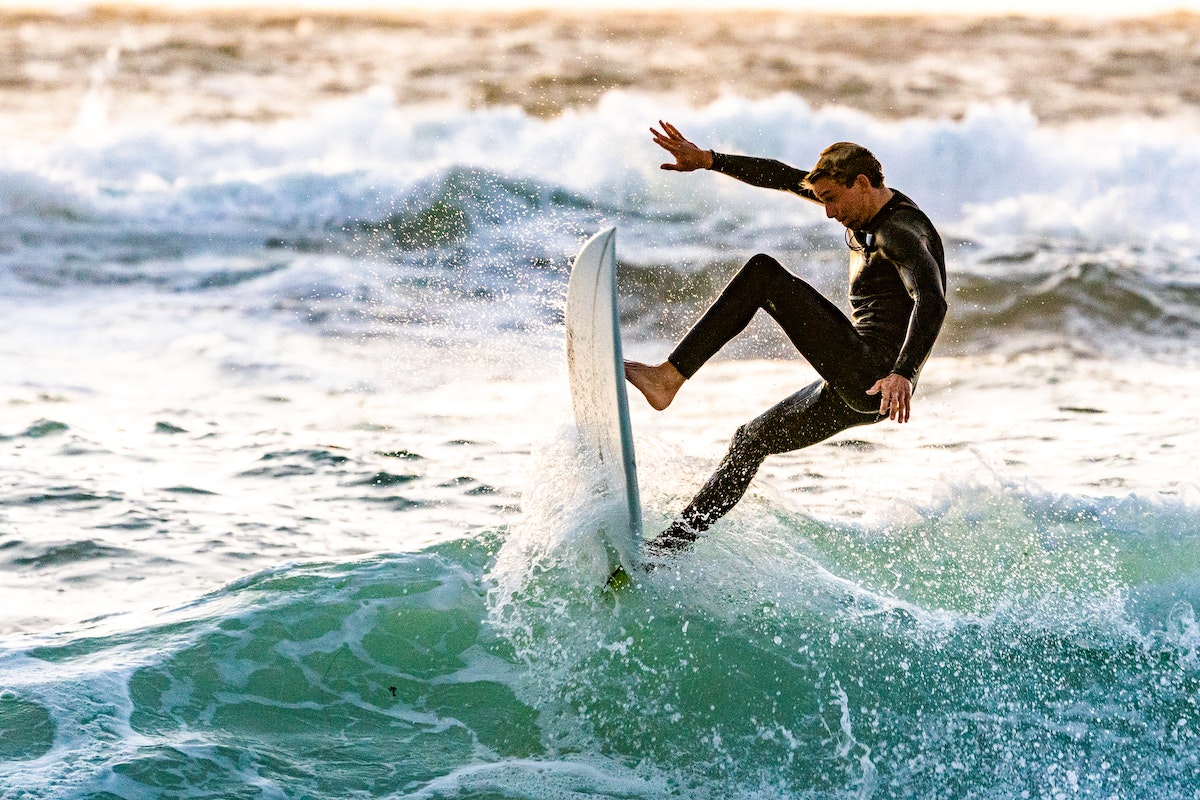As one of the most popular water sports in the world, surfing has had its fair share of enthusiasts ready to take on some record-breaking waves. Like many sports, however, surfing also requires a certain level of skill to navigate the waves and maneuver the different types of surfboards. If you’re a beginner in surfing, you’re probably unaware of the different types of surfboards out there. And trust us; you don’t want to be caught unaware when you’re out in the ocean.
In this article, we’ll talk about the most popular types of surfboards and which ones will be the best fit for your surfing skill level – whether you’re a novice, a skilled surfer, or a professional.
Why Are There Different Types of Surfboards?
The first question you might be asking once you find out that there are different variants of surfboards is why exactly are there so many? To help you better understand, here are some of the top reasons why surfers need a broad selection of surfboards. You might even get a few pointers on how to choose the best surfboard.
- Skill Level – Much like any other water sport, athletes have different skills and strengths, including balance, speed, and maneuvering. To better accommodate the wide range of skill levels, surfboards are customized through materials, shape, and size. For example, larger and thicker surfboards are easier to maneuver, while shorter and lighter surfboards are better equipped to ride high waves. For beginners, larger and softer surfboards are recommended to give them just enough leeway to learn the ropes. On the other hand, professional surfers have the freedom to choose thrusters and shortboards for more high-performance surfing.
- Speed and Maneuverability – Speed is one of the most important variants in surfing, especially when trying to catch waves out in the open sea. Some surfboards offer higher speeds while paddling and riding, while others provide slower speeds to accommodate better balance. Other types of surfboards also come with fins, which function similarly to boat rudders. These fins allow surfers to control the direction and speed better.
- Wave Conditions – Surfing hotspots offer various types of wave conditions, with some beaches giving more stable and smaller waves and others offering high and often treacherous waves. Believe it or not, surfboards play crucial roles in allowing surfers to ride waves successfully.

If you’re planning on going on surfing trips to unfamiliar surfing hotspots, it’s best to research the wave conditions and find surfboards that are most agreeable to its waves.
What Are the Different Types of Surfboards?
Now that you know the reason behind the wide range of surfboard types available in the market, it’s time to familiarize yourself with what they are. Surfboards are made with different shapes, materials, and parts – with all characteristics playing in on their individual performance. Here are the most common types of surfboards, and let’s discuss how they differ.
- Longboards
Credited to be the reason why surfing propagated in the 1960s, longboards are regarded as one of the most popular types of surfboards today. Most surfing enthusiasts have at least one longboard in their possession, primarily because of their versatility and easy maneuverability. Longboards are typically measured at about 9 feet or more.
Because they’re so big and buoyant, longboards are some of the easiest boards to learn surfing in. They’re also very small-wave friendly, enhancing their image as the best beginner surfboard. They’re so big that a whole couch might fit on its surface – much like how casual surfer Nadav Berenstein did as a play on “couch surfing.”
- Funboards
Measuring between 6.5 to about 9 feet, funboards are the middle ground between all other types of surfboards. This makes them the ideal surfboard for beginners and intermediate surfers. The great thing about funboards, however, is that they’re built for maximum balance and control. While not as stable as longboards, funboards may be the best option for learners to navigate between longboards and shortboards.
- Fish
Ever seen a surfboard with a unique fish-like tail? If you’re a frequenter of intermediate surfing beaches, you’ve probably seen a few around. These surfboard types are known as fish and have very similar lengths to shortboards. The only difference is the tail, as well as the thicker board. These characteristics make them easier to glide with and, at the same time, more adaptable to a wider range of wave conditions. If you’re an intermediate surfer, this may be the best surfboard option for you.
- Shortboard
Known as the intermediate and expert-friendly surfboard type, shortboards are the best option if you plan surfing stunts in the water. They’re shorter than longboards, with most measuring between 5 to 7 feet only. Because of their shape and thinner rails, shortboards are harder to paddle in. Without proper training, using shortboards may be a surefire way to wipe out.
The good news, though, is that if you have the skills and experience, shortboards will allow you to catch some of the best waves regardless of height and difficulty. But for record-breaking waves? Reserve that for the next type of surfboard.
- Gun
The choice surfboard type for competitive athletes and expert surfers, gun surfboards are some of the hardest surfboards to use, primarily because of their narrow shape and less surface area. This makes gun surfboards harder to balance, maneuver, and turn in. But at the same time, because of these characteristics, they’re also the best surfboard type if you want to surf some of the biggest waves out on the beach.
A word of advice: gun surfboards are not beginner-friendly, and most surfing beginner mistakes will not be met too nicely on this board. So, if you’re a beginner or an intermediate surfer, it’s best to stick to longboards and shortboards before transitioning to this top-tier surfboard.
Find the Best Type of Surfboard and Learn Faster

When learning new skills, it’s always important to know your levels and limitations. The same goes for surfing – the more advanced the surfboard you choose, the more complex learning will be. So, if you’re planning on taking surfing lessons, remember to select the best one for your level and let yourself learn slowly. Not only will this help you better build on your best surfing practices, but it will also help you avoid getting frustrated and demotivated along the way. Good luck, and we hope you find the best type of surfboard!


